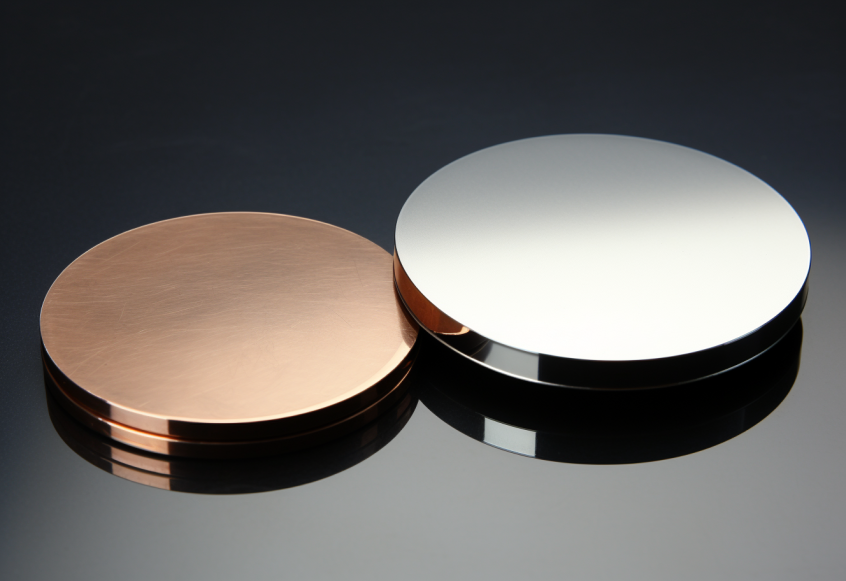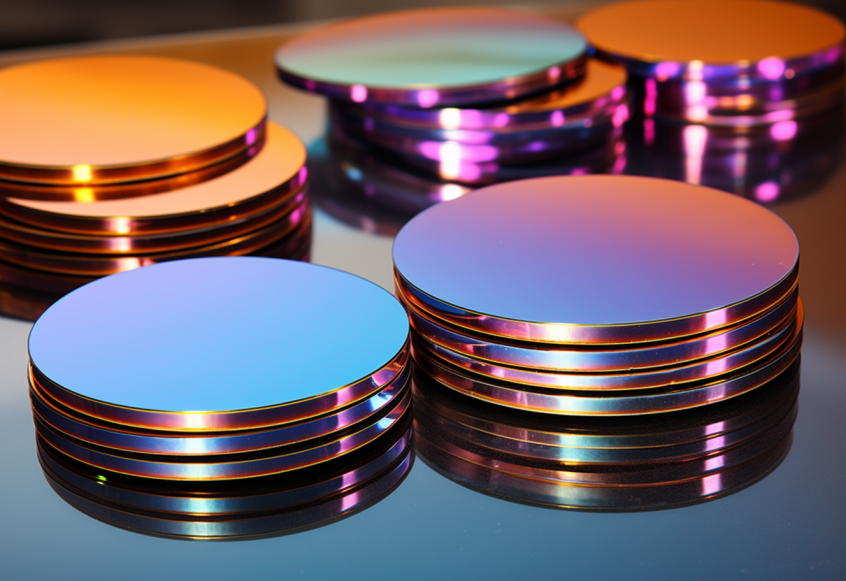Germanium Sputtering Targets are vital components in various industries, particularly in the production of infrared optics and semiconductor devices. To meet the growing demand for high-quality Germanium Sputtering Targets, manufacturers employ various manufacturing techniques. In this article, we’ll explore the key methods used in the production of these critical components.
Hot Pressing:
Hot pressing is a widely used technique for manufacturing Germanium Sputtering Targets. It involves applying high temperature and pressure to powdered Germanium within a mold. This process results in solid, dense, and highly pure Germanium targets with excellent mechanical properties. Hot-pressed targets are known for their durability and uniformity.
Cold Pressing:
Cold pressing is an alternative method for shaping Germanium powder into sputtering targets. In this process, pressure is applied at room temperature to compact the powder into a desired shape. While cold-pressed targets are less dense than hot-pressed ones, they are suitable for applications where cost-effectiveness is a priority.
Chemical Vapor Deposition (CVD):
Chemical Vapor Deposition is a sophisticated technique used to deposit thin films of Germanium onto substrate materials. In CVD, a precursor gas containing Germanium is introduced into a chamber, where it reacts on the substrate’s surface to form a Germanium film. This method offers precise control over film thickness and composition, making it ideal for semiconductor applications.
Polycrystalline vs. Single Crystal:
Germanium Sputtering Targets can be produced in both polycrystalline and single-crystal forms. Polycrystalline targets are composed of numerous small crystalline grains and are cost-effective. Single crystal targets, on the other hand, consist of a single, large crystalline structure and are preferred for applications requiring superior electrical and optical properties.
Purity and Quality Control:
Regardless of the manufacturing technique used, maintaining high purity is essential for Germanium Sputtering Targets. Impurities can negatively impact the performance of targets in sputtering processes. Manufacturers employ rigorous quality control measures, including spectroscopic analysis, to ensure the purity of their Germanium targets.
Customization and Innovation:
In response to the diverse needs of industries, Germanium Sputtering Target manufacturers continue to innovate. They offer customization options, such as target shape, size, and purity levels, to meet specific application requirements. This flexibility allows for the production of tailored targets for a wide range of technologies, including infrared imaging, photovoltaics, and semiconductor manufacturing.
These manufacturing techniques highlight the versatility and importance of Germanium Sputtering Targets in various technological advancements, from enhancing optical devices to enabling semiconductor innovations.
For more information about the germanium sputtering target, please visit https://sputtertargets.net/.


